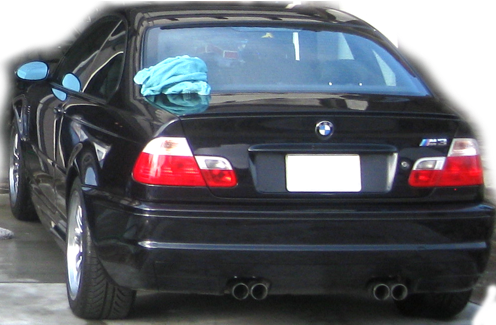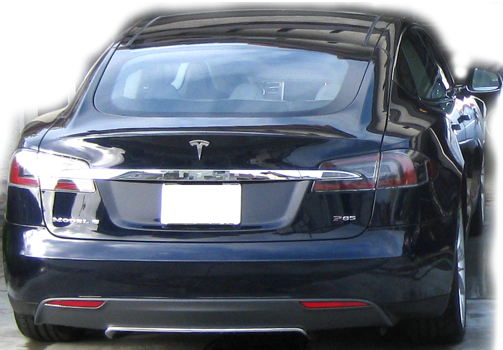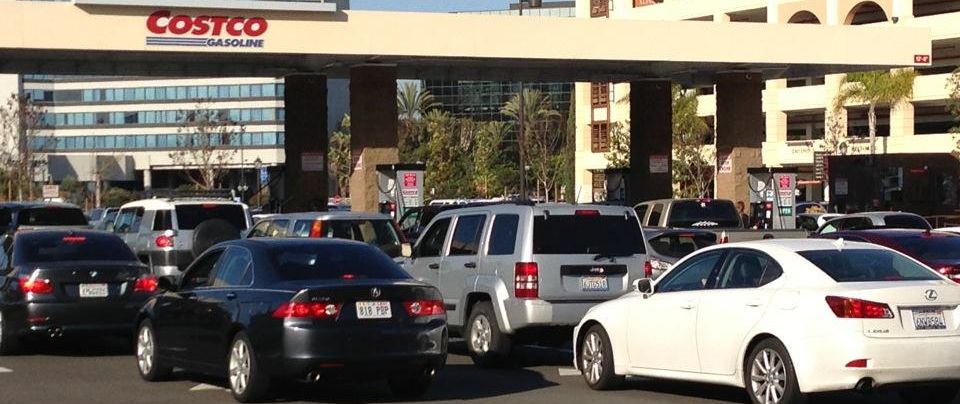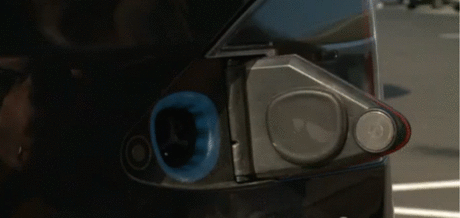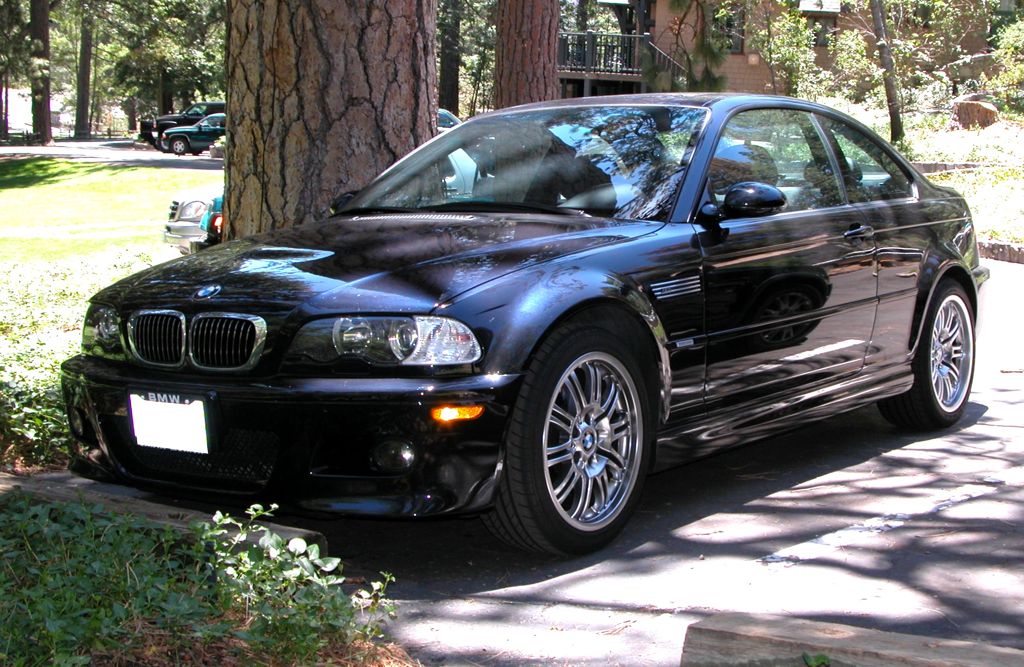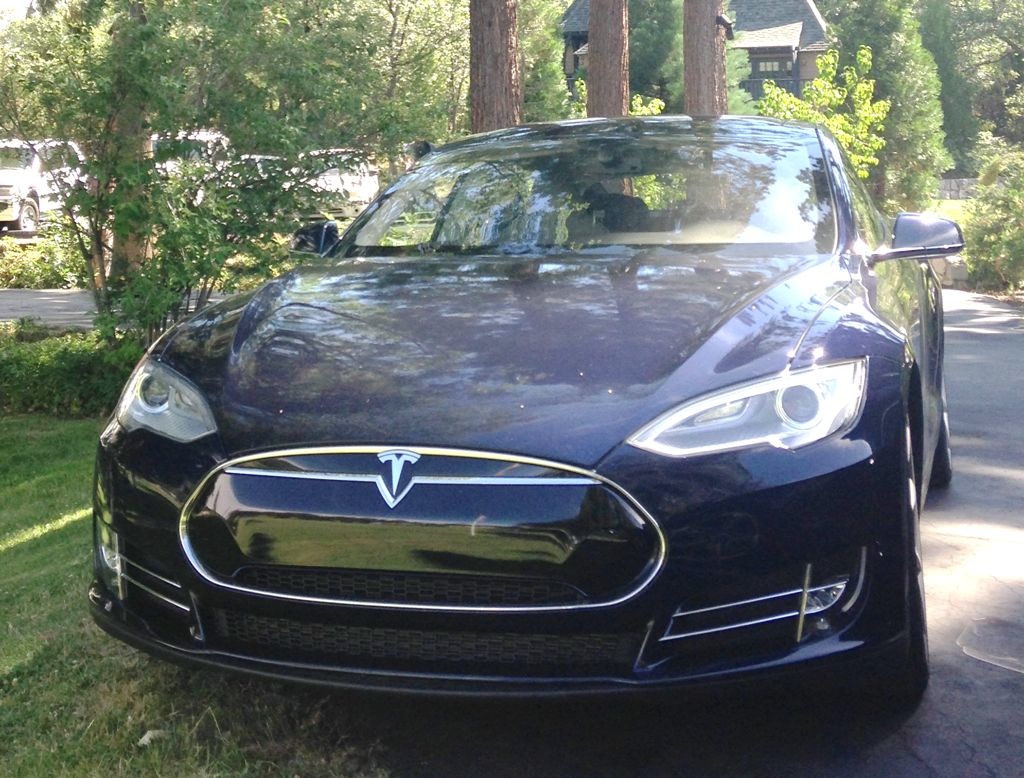| Tesla Model S - Gas Free |

|
|
Freedom from Gasoline
As time went on, I married and started a family. After a decade of M3 ownership my family was about to outgrow my M3, so I paid attention to the newer line of cars. I rode in a colleague's 2010 4-door M3, but came away with a surprisingly negative impression: how could BMW forget the M3's soul? Then I looked at sport sedans from major automakers and discovered that they could not outperform my M3. I was sorely disappointed with the (gas car) auto industry: how could they become so complacent and neglect to significantly improve upon late-1990's technology? So I waited and held out as long as I could looking for something clearly, not incrementally, better. I did not seriously consider Tesla until I sat in a store-demo Model S in early 2012, and it really got me thinking. After researching the Model S after its initial launch, I committed to buying one in August 2012.
The M3 is an excellent car. I enjoyed it for over a decade, and, short of a V12, it's definitely the best-sounding gas engine I know with its inherently balanced inline-6 engine. (The V8 has power in a small space, but I don't like the V8 sound: LLRRLR) But as good as it is, the M3 has been clearly surpassed. Now that I drive the Model S, the M3 and all other gas cars feel clunky and lurchy and powered by outdated, noisy, overcomplicated monstrosities. They're not fun anymore. I found I no longer like the rumble, the shake, the smells, and the noises of the gas engine and its transmission, jiggling my innards and wearing me out after a long drive. While I still admire the engineering accomplishments the M3 represents, it also represents the pinnacle of the bygone gas-engine technology of the 20th century. My feeling is the same I would have for a beautiful 19th-century-tech steam locomotive: I can admire its impressive engineering, but why would I possibly want to own one? Especially next to a 21st-century Model S.
The Dependable, Reliable Electric Family Car that Leaves the Competition in the Dust I hardly drive my wife's car even though my name is on its title, so for all practical purposes I have only one car now. The Model S is my primary, daily family vehicle, and the "fun car". At 23,000 miles and 18 months and counting and with the performance, the convenience, the savings, the capacity, and the driving pleasure, it's working out beautifully.
Dean E. Dauger holds a Ph. D. in physics from UCLA, where his group created the first Mac cluster in 1998. Dr. Dauger is the award-winning author in multiple American Institute of Physics' Software Contests and co-authored the original, award-winning Kai's Power Tools image-processing package for Adobe Photoshop. After founding his company, Dauger Research, Inc., its debut product, Pooch, derived from Dr. Dauger's experience using clusters for his physics research, was soon awarded as "most innovative" by IEEE Cluster and continues to revolutionize parallel computing and clusters worldwide with its patented technology.
|
||
Thanks for having a look!
|
Copyright © 2014 Dean Dauger. |

|
|
